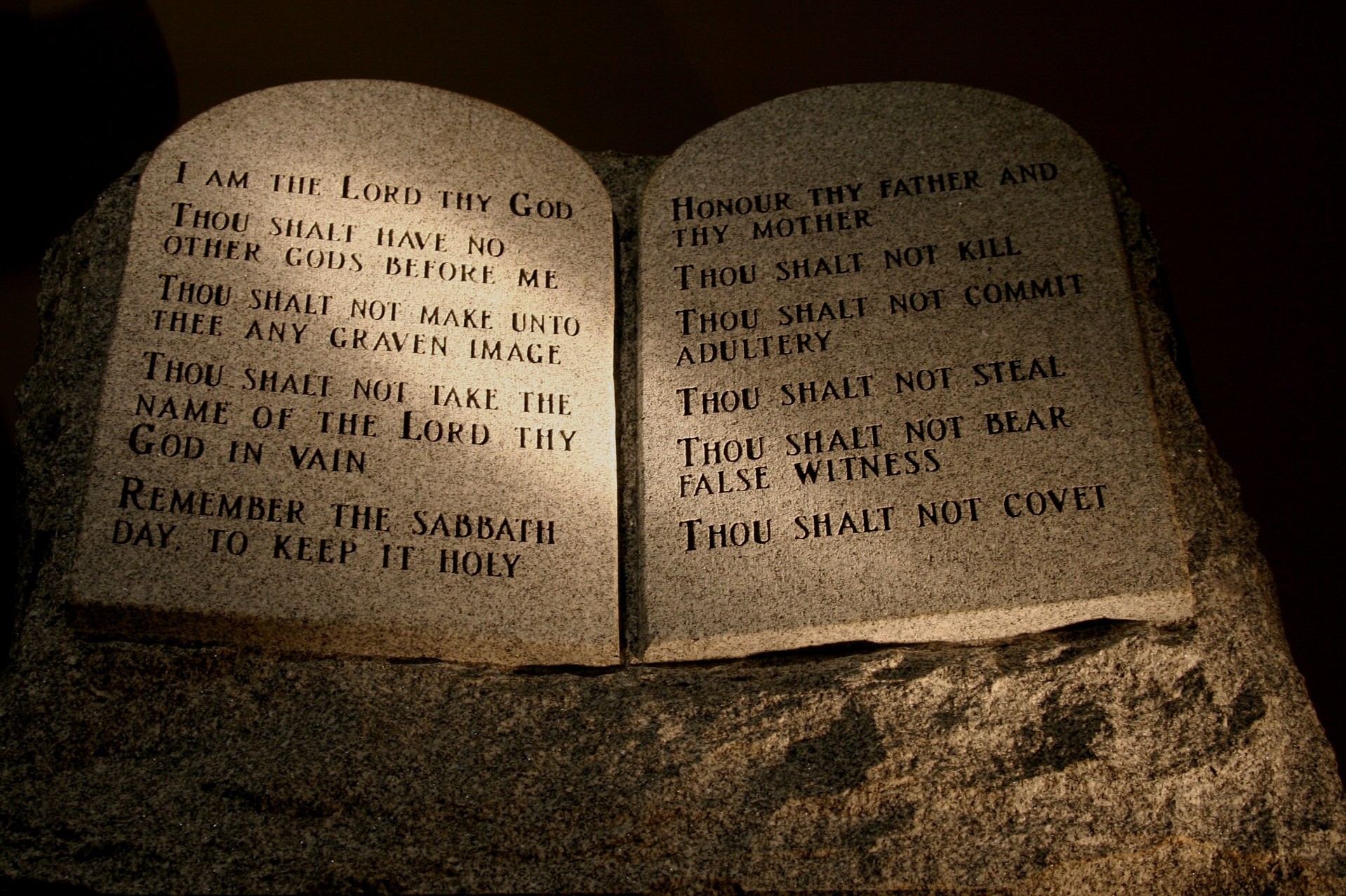Bible Study: How Do We Know the Bible Is Real? And Why Were Certain Books Left Out?
Introduction:
Many people today ask: “How do we know the Bible is real?” or “Why does the Bible have some books and not others?” These are good and honest questions, especially from someone who’s curious or seeking truth. As believers, we must be ready to explain not only what we believe, but why we believe it. This study will give you solid answers, backed by Scripture and history, so that you can confidently share the truth—especially that the entire Bible points to Jesus, who is God in the flesh.
1. The Bible Came from God Speaking to People
The Bible wasn’t made up by men. It came from God speaking to individuals—prophets, kings, disciples, apostles—who wrote down what God revealed to them.
2 Peter 1:20-21 (NKJV) – “…no prophecy of Scripture is of any private interpretation, for prophecy never came by the will of man, but holy men of God spoke as they were moved by the Holy Spirit.”
2 Timothy 3:16 (NKJV) – “All Scripture is given by inspiration of God, and is profitable for doctrine, for reproof, for correction, for instruction in righteousness.”
These verses show that the Bible is God-breathed, not man-made.
2. The Bible Is Centered on Jesus
The whole Bible—from Genesis to Revelation—points to Jesus Christ. He is the main character of Scripture.
The Old Testament prophesies a coming Savior (Messiah).
The New Testament reveals that Jesus is that Savior and refers back to the Old Testament to prove it.
Jesus Himself confirmed this:
Luke 24:44 (NKJV) – “These are the words which I spoke to you… that all things must be fulfilled which were written in the Law of Moses and the Prophets and the Psalms concerning Me.”
The Bible also clearly teaches that Jesus is God in the flesh:
1 Timothy 3:16 (NKJV) – “God was manifested in the flesh…”
Colossians 2:9 (NKJV) – “For in Him dwells all the fullness of the Godhead bodily.”
John 10:30 (NKJV) – “I and My Father are one.”
Because Jesus is God, and He quoted and affirmed the Old Testament, this gives strong validation that the Bible is true.
3. Bible Prophecies Have Come to Pass
One powerful way to know the Bible is real is through fulfilled prophecy. The Bible contains hundreds of prophecies, many of which have already been fulfilled in exact detail—especially about Jesus.
For example:
Micah 5:2 prophesied the Messiah would be born in Bethlehem.
Isaiah 7:14 spoke of a virgin birth.
Psalm 22 and Isaiah 53 describe the crucifixion centuries before it was invented.
And still today, we are seeing Bible prophecy unfold (Matthew 24, 2 Timothy 3).
4. Eyewitness Testimony Confirms Jesus
The people who wrote the New Testament saw Jesus themselves—before and after His resurrection.
1 John 1:1 (NKJV) – “That which was from the beginning, which we have heard, which we have seen with our eyes, which we have looked upon, and our hands have handled, concerning the Word of life…”
1 Corinthians 15:3-6 (NKJV) – “…He was seen by Cephas, then by the twelve. After that He was seen by over five hundred brethren at once…”
These weren’t made-up stories. These were real, physical appearances. And most of the people who claimed to see Him were persecuted and martyred for their testimony—they would not die for a lie.
5. The Bible Was Written on 3 Continents by 40 Authors Who Didn’t Know Each Other—Yet It All Matches
The Bible was written:
Over 1,500 years
By 40+ authors
In 3 languages (Hebrew, Aramaic, Greek)
On 3 continents (Asia, Africa, Europe)
Yet all the books tell one unified story—about God’s plan of salvation through Jesus Christ.
That unity is supernatural. Many of these writers never met, but their messages align. No contradictions in doctrine, prophecy, or the character of God. That is impossible without divine inspiration.
6. Why Were Some Books Left Out (e.g., Book of Enoch, Maccabees)?
Some ask why books like Enoch, 1 & 2 Maccabees, or the Gospel of Thomas aren’t in the Bible.
Here’s why:
The main theme of the Bible is Jesus—His identity, mission, and salvation. Books that don’t point to Jesus, or contradict what He taught, were not considered inspired.
Many of these “extra books” were written much later and often forged. For example, the “Gospel of Thomas” was written long after Thomas died and includes teachings that contradict Jesus’ words.
Some books, like 1 Maccabees, are valuable historically, but not spiritually inspired.
The early church, under the guidance of the Holy Spirit, recognized (not chose) which books were divinely inspired and aligned with Jesus’ teachings.
Jesus (God in the flesh) never quoted from these extra books, but He constantly quoted the Old Testament Scriptures, which we still have today.
7. If You Reject the Bible, You Must Also Reject All of History
If someone says, “I don’t believe the Bible because I didn’t see it myself,” ask this:
Did you see George Washington cross the Delaware?
Were you at Abraham Lincoln’s Gettysburg Address?
Did you witness the Civil War?
No. But we believe these events because of eyewitness records, preserved documents, and consistent testimony. The Bible has far more manuscript evidence than any historical document, and it’s been preserved for thousands of years.
Conclusion
The Bible is not just a book—it’s the Word of God, written by human hands but breathed out by the Spirit of God. It’s centered completely on Jesus, who is God in the flesh. The Bible is proven true through fulfilled prophecy, eyewitness accounts, historical accuracy, and supernatural unity.
The books we have today are those that God inspired, preserved, and confirmed through Jesus and the apostles. Other books were left out because they do not align with the truth of who Jesus is.
If you’re honestly searching, read the Bible with an open heart. Pray and ask God to reveal Himself. Many have tried to destroy or disprove it, but the Bible remains. And that’s because it is real. It is true. And it is alive.
Hebrews 4:12 (NKJV) – “For the word of God is living and powerful…”




